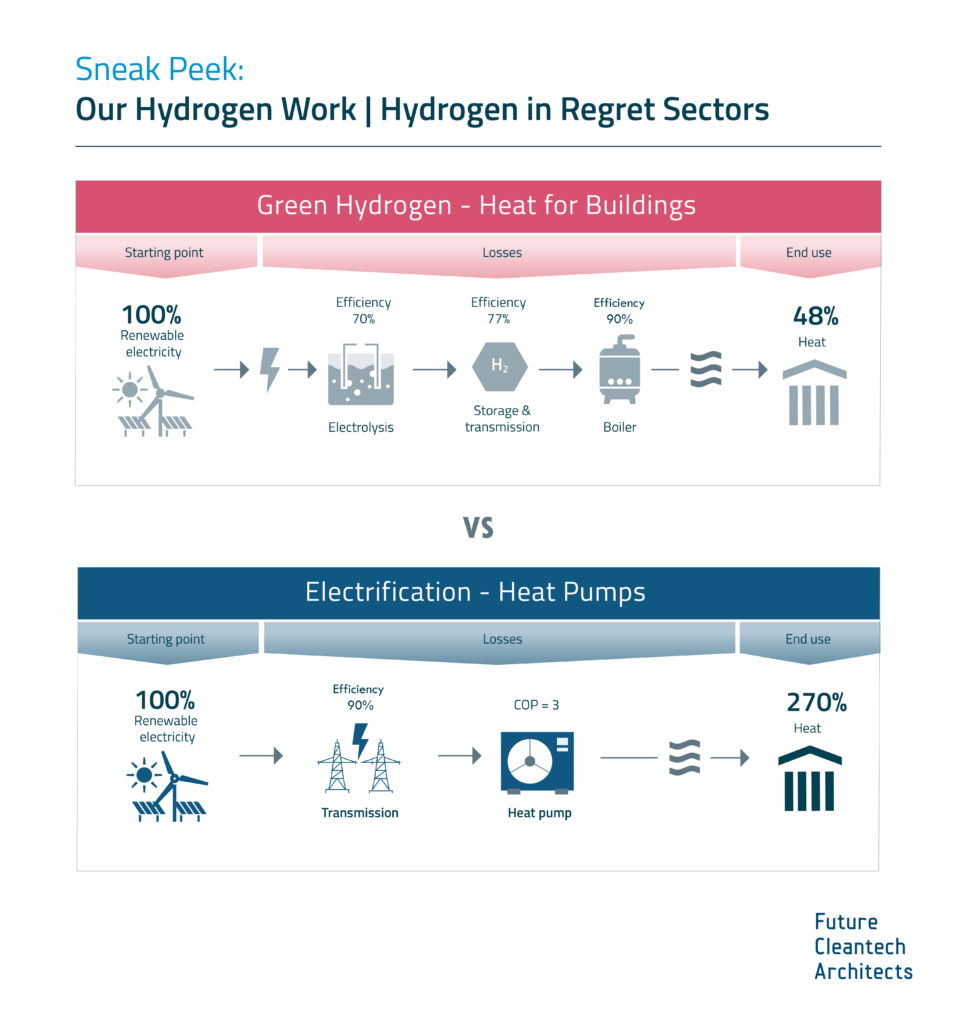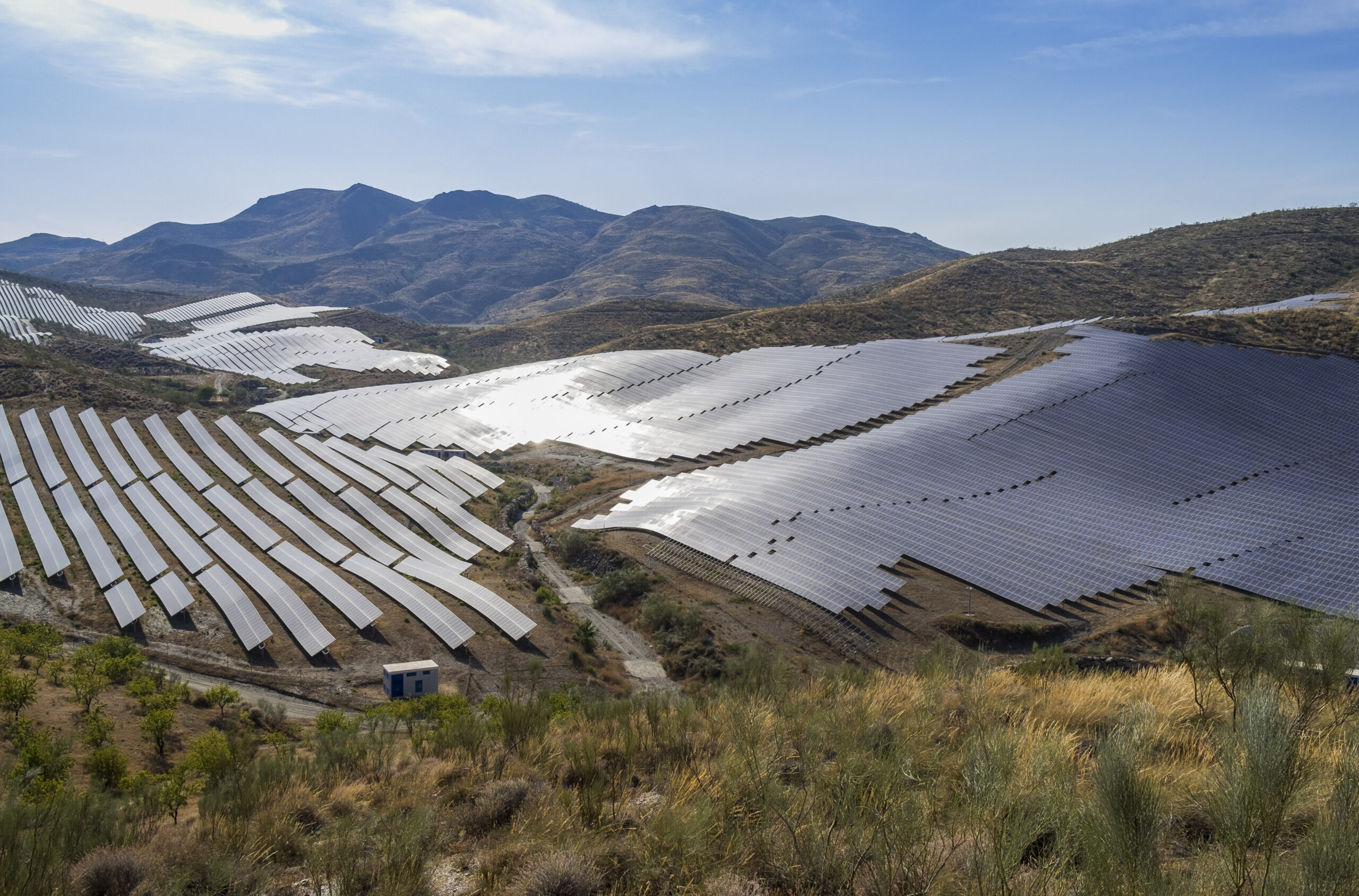Future Cleantech Architects is updating our work on Hydrogen and there will be an all-new Hydrogen Factsheet! This update will not only include current figures but will also expand our assessment to the potential and limitations of key hydrogen derivatives, such as ammonia, e-methanol, and synthetic natural gas. Stay tuned for more previews before the release in autumn!
Hydrogen must be prioritized for no-regret sectors as it is a scarce, desperately-needed chemical for several industries.
Did you know? Current hydrogen production emits slightly more CO2 than the shipping sector.
Green hydrogen is in great demand but limited supply. Today, hydrogen production is mostly still fossil-based, with over 60 MtH2 of hydrogen being produced with natural gas. Green hydrogen has primarily been produced using electrolysis, in which water is split into hydrogen and oxygen using electricity. However, this represents a very low share of the world’s total hydrogen production (less than 1%). Efforts to produce green hydrogen have been ramping up; however, relevant technologies such as electrolyzers are still too costly to be scalable, and generating green hydrogen requires substantial amounts of renewable energy, which is not yet widely available.
Hence, deployment should be limited, and available green hydrogen needs to be first prioritized for those sectors that use it today, for example, in the refining industry. Hydrogen is essential for creating derivatives needed in ammonia production for the fertilizer industry or the production of alternative fuels such as ammonia, e-methanol, synthetic jet fuel (e-fuel), and synthetic natural gas (SNG or eNG).

You can find our previous work on hydrogen here!

